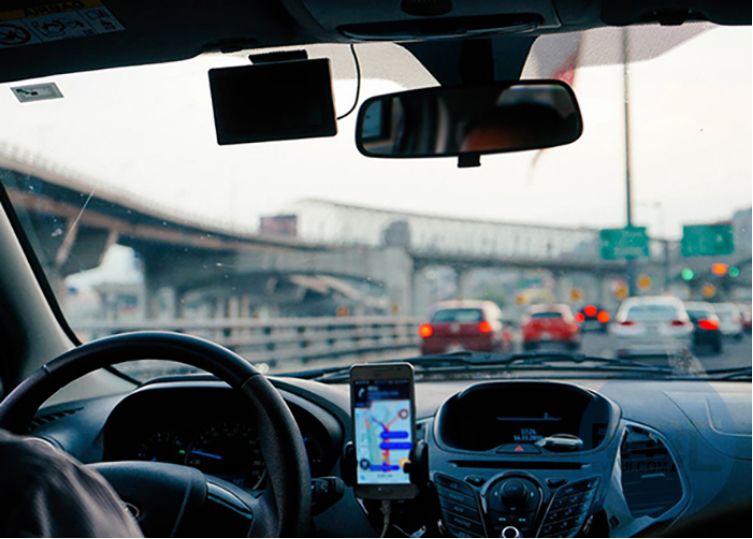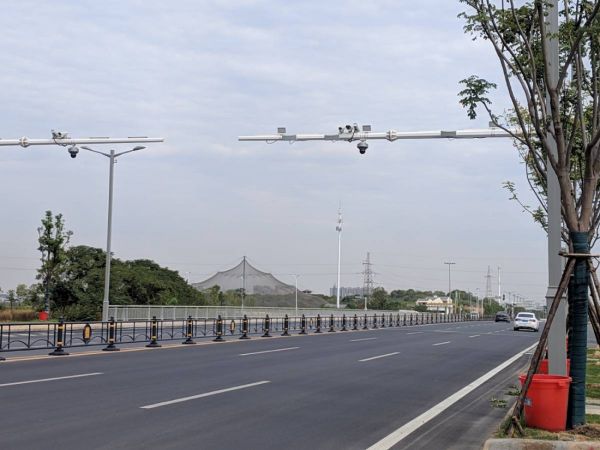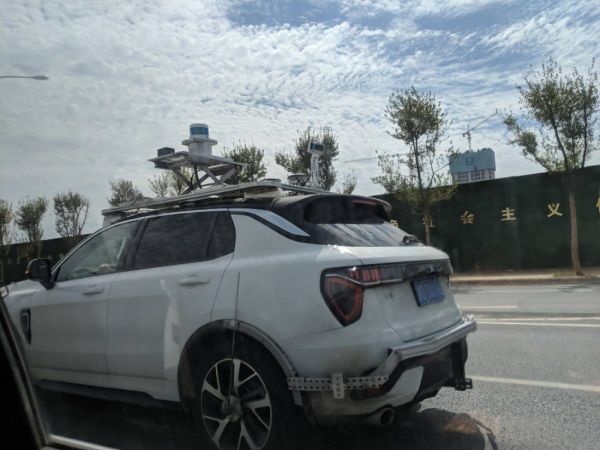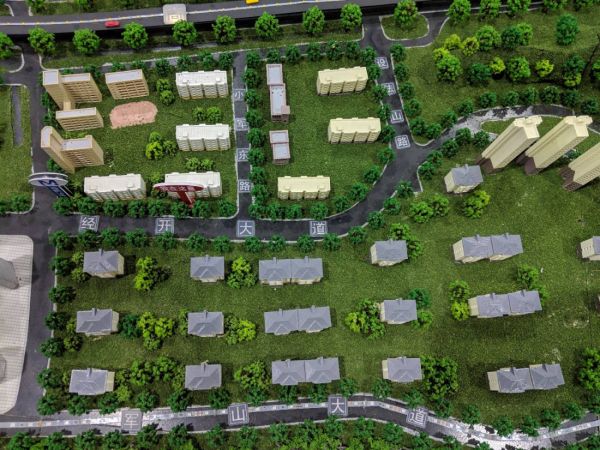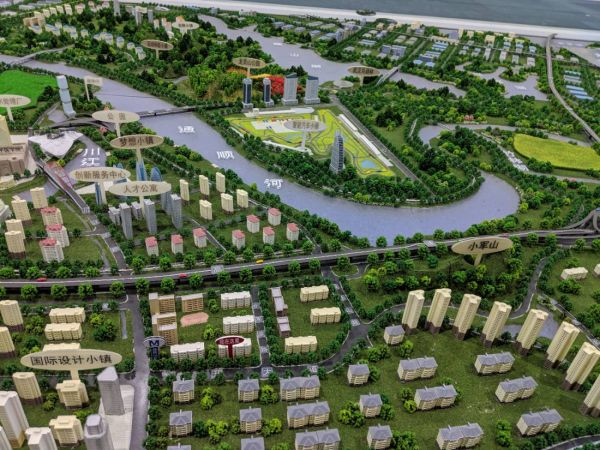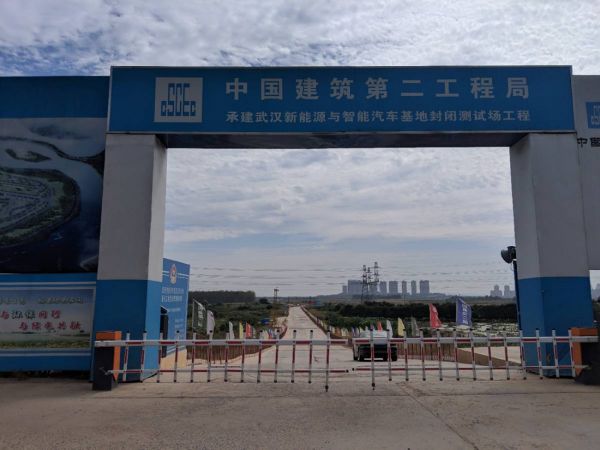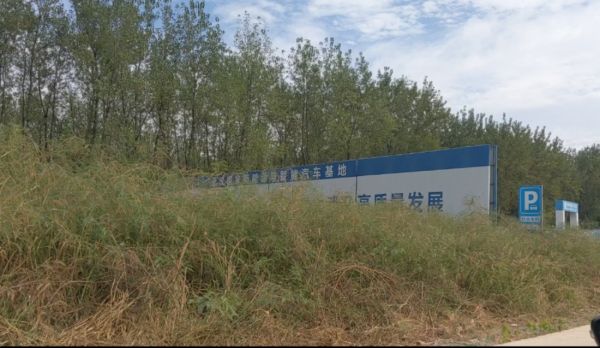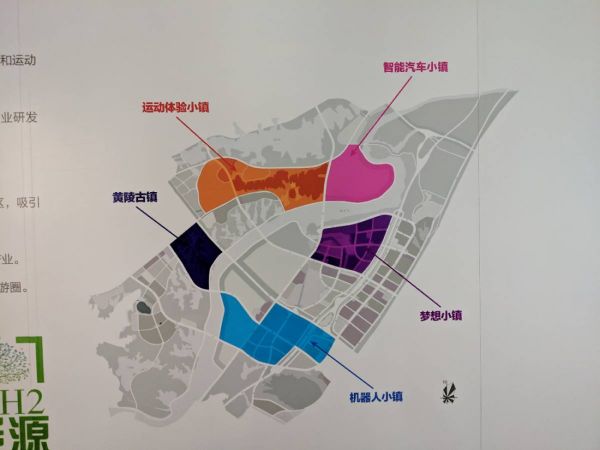Wuhan is the first intelligent network vehicle demonstration area in China based on the full coverage of 5G communication technology V2X vehicle road coordination system.
Editor’s note: This article is from WeChat public account “machine power” (ID: Almosthuman2017), the author is slightly fat.
Behind the first batch of autopilot commercial licenses, more is the painful economic transformation, and the city is striving for limited resources. However, this all-out effort is not to ignore the reality, nor to be too advanced, but to satisfy the inherent needs of the company’s long-standing “one foot”. However, commercial licenses are far from true commercial scale.
On the morning of September 22, the National Intelligent Network (Wuhan) Test and Demonstration Zone was officially unveiled. Baidu, Hailiang Technology and Shenlan Technology received the first batch of seven self-driving commercial licenses issued by the local government. .
This means that the smart network car that hangs this card can not only
On a specific public road
Automated driving
Management Test
Can also be carried out
Commercial operations.
In the working hours, there are basically no vehicles in the test section
On the morning of the 24th, the heart of the machine went to the demonstration area in Hannan District. Shortly after the 武监高速, you will see a blue sign hanging on the traffic control bar, indicating that you have entered the 5G intelligent network car autopilot test area.
Time to work, spacious two-way three-lane road, almost no vehicles. In addition to construction sites and green workers, pedestrians are rarely seen. The economic development zone is still in the early stage, and the villagers have concentrated on demolition to several high-rise buildings. The innovative service center that imitates the Beijing CBD landmark building is still under construction.
Open test pavement, such a camera-like device can be seen every few hundred meters
. Despite the scarcity of people and cars, we still encounter two test passenger cars, one of which has a Shanghai D License plate. According to media reports, the auto-driving scenes of various models such as buses, sanitation vehicles, taxis, and logistics vehicles in the demonstration area are open at the same time. At present, more than 40 auto companies at home and abroad have entered.
Autopilot test vehicle with a Shanghai D license
Currently, the first phase of the road is 28 kilometers long. Shenlan Technology tells the heart of the machine that the commercial operation section includes Tongshun Avenue (Zhushan Hunan Road – Tanjun Highway Section) – Tanjun Highway (Tongshun Avenue – Jingkai Avenue Section) – Jingkai Avenue – the road section of the Mountain Road , and Zhushan Hunan Road (Fengshu 3rd Road – Zhushan Road Section) – Zhushan Road (Zhushan Hunan Road – Longling Road Section) – Longling Road (Zhushan Road – Tongshun River Bank Section).
The road above the Tongshun River is Tongshun Avenue and one of the open road sections.
The Smart Car Town is where the closed test site is located.
At present, in addition to Wuhan, as many as a dozen have introduced road test management specifications, delineating specific road open areas.
However, Wuhan is the first intelligent networked vehicle demonstration area in China based on the full coverage of the 5G communication technology V2X vehicle road coordination system.
Among them, the 5G+ Beidou high-precision positioning system is the first large-scale application in China, which can realize millisecond delay and centimeter-level positioning.
Ma Lin, Director of Smart City Projects, Huawei Global Project Management Department, was interviewed by the media beforeIt has been said that this is the 5G real autopilot commercial application. In the future, other cities want to build the same type of test and demonstration areas, Wuhan experience will become a model and benchmark.
In addition to opening In the road test section, the intelligent networked vehicle test demonstration area also includes a closed test area. This time, we also went to the closed test base in the smart car town.
As planned, a 2 square kilometer closed test site will be built here before September. However, we found no signs of starting work here.
It is understood that because the closed test site will cover a wealth of scenarios, such as high-speed loops, urban working conditions test areas, flexible test areas, intensive test areas, unmanned military vehicle test areas, etc., the early cooperation team is not professional enough. The project side is still looking for partners, and the first phase of construction will certainly not be completed as scheduled.
Why is Wuhan?
There are only 20 days left before the opening of the World Military Games in Wuhan. The release of the first commercial licenses in the world is a bright spot for both tourists and high-rises.
However, deeper motives still need to be sought from the economic transformation of Wuhan.
The Dunkou, which is about 10 kilometers away from the demonstration area, is the location of Dongfeng Motor Base Camp. A green corridor named Dongfeng Avenue with a total length of only 13 kilometers gathers nearly 20,000 companies, including 7 complete vehicle companies, 12 automobile assembly plants and more than 500 parts companies.
As one of the most intensive axes of the global automotive industry, it contributes nearly a quarter of Wuhan’s GDP and is a veritable 100 billion avenue. It has witnessed Wuhan’s transition from the “Steel Age” to the “Car Age” and is also witnessing the decline of Wuhan’s automobile manufacturing.
In recent years, Dongfeng Motor’s sales volume has been avalanche. In addition to Japanese brands, Korean, French, and independent brands have all fallen to an “unrecognizable”. Economic transformation has become a problem that local governments have to consider.
On the one hand, Wuhan has a car manufacturing base and completed the industrial chain; on the other hand, in terms of 5G communication and Beidou navigation, Wuhan also has its own advantages.
Therefore, autonomous driving and new energy sources have become an important transformation direction.
From Smart Eco CityIn the blueprint for development, we also found that the future planning does not leave any space for heavy industry, new energy and smart technology and cultural tourism will become the key words of transformation.
Development Planning of the Smart Eco-City in the Demonstration Zone
The course is set, and then we must consider how to attract companies to build nests and drive the economy to work. Compared with first-tier cities, new first-tier cities are more thirsty for autonomous driving companies.
Unlike other artificial intelligence landing scenes, the landing and scale of autonomous driving relies heavily on local government attitudes and policies.
The most typical example is Uber.
If it weren’t for the support of Arizona’s governor Doug Ducey, the number one fan, and the green light on the policy, Uber could not make progress today.
The same is true in the country. The openness of the Changsha government has also allowed Baidu to put the RobotTaxi business to Changsha in a big way.
According to incomplete statistics, as of February 21, 2019, a total of 22 provinces and municipalities across the country have issued intelligent network test procedures or implementation rules, 14 of which issued test licenses, totaling more than 100 licenses. Zhang.
However, among these licenses, there are not many autopilot companies that allow for manned tests, and it is even more difficult to conduct commercial services.
Aiming at this point, the Wuhan government has taken the lead in promulgating a business license in the framework of the current laws and regulations, breaking through the traditional thinking, and raising the company’s mind to the will of the government, which shows its “ambition”.
Shenlan Technology, which has obtained a commercial license, tells the heart of the machine that the Wuhan government has taken an important step in the regulation and regulatory breakthroughs. Moreover, the Wuhan scene is also very attractive.
The head of a local autonomous driving company told the machine that the demonstration area is near the subway line 16 and three to five kilometers near the transportation hub. It is suitable for automatic driving in the early stage of commercialization because of road conditions. Not too complicated, and the demand will be more active.
In contrast, the road conditions in mature urban areas are complex and the cost of technology research and development is high, but it does not necessarily lead to high returns.
The person in charge further analyzed that 5G licenses were issued in advance, and 2020 may become a key “match point” for autopilot companies. Companies that are preemptive of commercial license testing and have the potential to realize liquidity will be more likely to get capital. From this perspective, the Wuhan government’s move is very attractive.
However, for security reasons, the smart network car must obtain a commercial license, and the vehicle must run more than 5,000 kilometers on the open road, and there is no violation record.
It is understood that a total of four buses applied for autonomous driving commercial licenses, but only two were issued after the transportation department reviewed. The two buses traveled over 2,000 km on open roads.
What does a commercial license mean?
This commercial license is aimed at two types of vehicles:
Passenger cars (Baidu) and commercial vehicles (Shenlan Technology and Hailiangke)
Technology).
This is also the two major breakthroughs in the current commercialization of autonomous driving.
In recent years, the Chinese bus market has been in a down phase, entering the winter ahead of schedule. At the same time, autonomous buses are consistently considered to be an effective solution to the city’s “last mile” problem. Not only is technology relatively easy to implement, it is also easier to be regulated by policy makers.
The industry also generally believes that the use of autonomous driving technology in specific locations and public transportation will be earlier than the passenger vehicle market.
It is based on the consensus that domestic L4 autopilot buses are at the forefront of the autonomous driving industry in terms of R&D technology, test conditions, and trial operation:
Hailiang Technology released the Alphaba smart driving bus as early as December 2017. In June this year, Shenlan Technology obtained the officially issued intelligent network road test license from Guangzhou. This is also the only one. Bus license; In August, Shenlan Technology announced that the Panda Smart Bus won the first intelligent network passenger bus license in Shanghai.
However, everyone still faces institutional dilemmas including the Taoist law. Baidu won the first commercial license for passenger cars. However, when the heart of the machine asked Baidu, the other party said that it was inconvenient to say more.
Because the 5G license was issued in advance in June, industry insiders predict that the domestic autopilot will only accelerate and will not slow down. Recently, there have been signs of acceleration in the landing of self-driving taxis. On June 15th, Guangzhou issued the first batch of 24 road test licenses, all of which were automatic driving road tests for passenger cars.
In terms of policy, the government allows autopilot companies to recruit volunteers to make a good preparation and preparation for the future commercialization and operation of autonomous driving companies.
Changsha has also issued a second batch of 49 licenses, which are aimed at commercialization. In addition to regular autopilot tests, future test vehicles can also carry out “manned tests” and “high-speed tests”. The Yangtze River Delta policy has also been liberalized, not limited to simple testing, and began to try functional manned applications.
However, and at the policy level, the government still has strict regulations on commercial operations.
For exampleThe documents issued by Guangzhou at the end of 2018 clearly require that “the test participants shall not be charged or remunerated, and may not use the test vehicles to engage in or engage in transportation operations in disguise”.
In fact, documents related to multiple cities across the country have similar terms and conditions. Commercialization is the common aspiration of enterprises. Otherwise, autonomous driving still stays in the stage of free technical testing and scientific research.
The relevant person in charge of the Wuhan Municipal Transportation Bureau said in an interview.
The biggest significance of commercial license is to promote the application of intelligent driving technology in real-life scenarios, and realize the full-scale driving of automatic driving as soon as possible:
Environmental and full-process, fully operated according to the daily riding scene of the citizens, comprehensively testing the performance of intelligent networked cars.
How far is it?
The issuance of this commercial license indicates that autonomous driving has gone through the “exploration period” (from 0 to 1) and is now entering the “product incubation period” (from 1 to 10).
From 0 to 1 is hard, however, the “from 1 to 10” stage is more challenging and this stage will be very long. Li Deyi, an academician of the Chinese Academy of Engineering and dean of the School of Computer Science at Beijing University of Posts and Telecommunications, believes that until 2025, the industry will be in a product incubation period from 1 to 10.
From this point of view, the issuance of commercial licenses does not have immediate significance for the real commercial landing of autonomous driving, and more is just a favorable highlight on resource competition.
In fact, the key factors that can best affect large-scale commercialization include the core and most basic security issues, the division of interests of different players in the industry chain, and how to use laws to fix these rules and interests.
Specific to the Chinese market, Li Deyi once estimated that in 2024, China’s pilot smart city buses will basically achieve automatic driving; by 2028, 10% of China’s commercial vehicle ownership will reach automatic driving.
